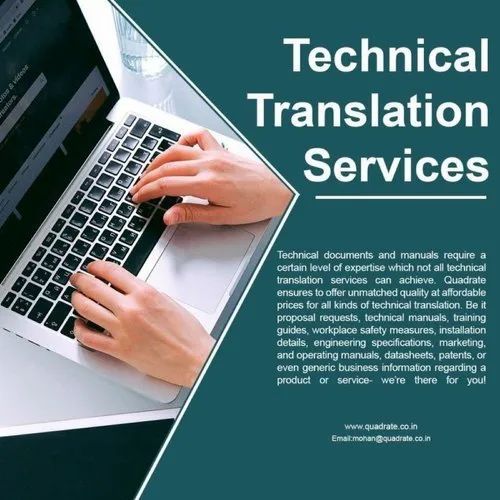In today’s digitally connected world, having an e-commerce website is essential for any business looking to expand its reach and increase its sales. However, to truly tap into the global market, it’s crucial to have your website content translated into multiple languages. This not only allows you to reach a wider audience but also shows that you are committed to providing a seamless shopping experience for customers around the world.
The Importance of Website Translation
Research has shown that consumers are more likely to make a purchase if the information is presented in their native language. In fact, a Common Sense Advisory study found that 75% of consumers prefer to buy products in their native language. By offering website translation, you can build trust with your international customers and make them feel more comfortable browsing and buying from your site.
Boost Your Global Sales
By translating your e-commerce website, you can unlock new markets and increase your sales potential. Studies have shown that consumers are more likely to buy from a website that is in their own language. By catering to the linguistic needs of your customers, you can reduce barriers to purchase and increase conversion rates. Additionally, having a multilingual website can also improve your search engine rankings in different countries, leading to more organic traffic and increased visibility.
Choosing the Right Translation Service
When it comes to translating your e-commerce website, it’s important to choose a reputable translation service that specializes in website localization. Look for a company that has experience working with e-commerce businesses and has a track record of delivering high-quality translations. It’s also essential to consider factors such as turnaround time, pricing, and the availability of different language options.
Optimizing Your Translated Content
Simply translating your website content word for word may not be enough to truly connect with your international customers. To ensure that your translated content resonates with your target audience, it’s important to consider cultural nuances, local customs, and preferences. Work with your translation service provider to adapt your content for each target market, taking into account factors such as currency, measurements, and local regulations.
Feedback and Iteration
Once your e-commerce website has been translated and launched in multiple languages, it’s important to gather feedback from your international customers. This feedback can help you identify any areas that may need further improvement or customization. Regularly analyze your website’s performance metrics, such as bounce rate, conversion rate, and average order value, to gauge the effectiveness of your translated content and make any necessary adjustments.
Conclusion
In conclusion, translating your e-commerce website is a critical step in reaching a global audience and maximizing your sales potential. By offering a multilingual website, you can build trust with your international customers, increase your visibility in different markets, and improve your overall conversion rates. Work with a professional translation service provider to ensure that your content is accurately localized and optimized for each target market. Remember to continuously gather feedback and iterate on your translated content to provide the best online shopping experience for your global customers.



